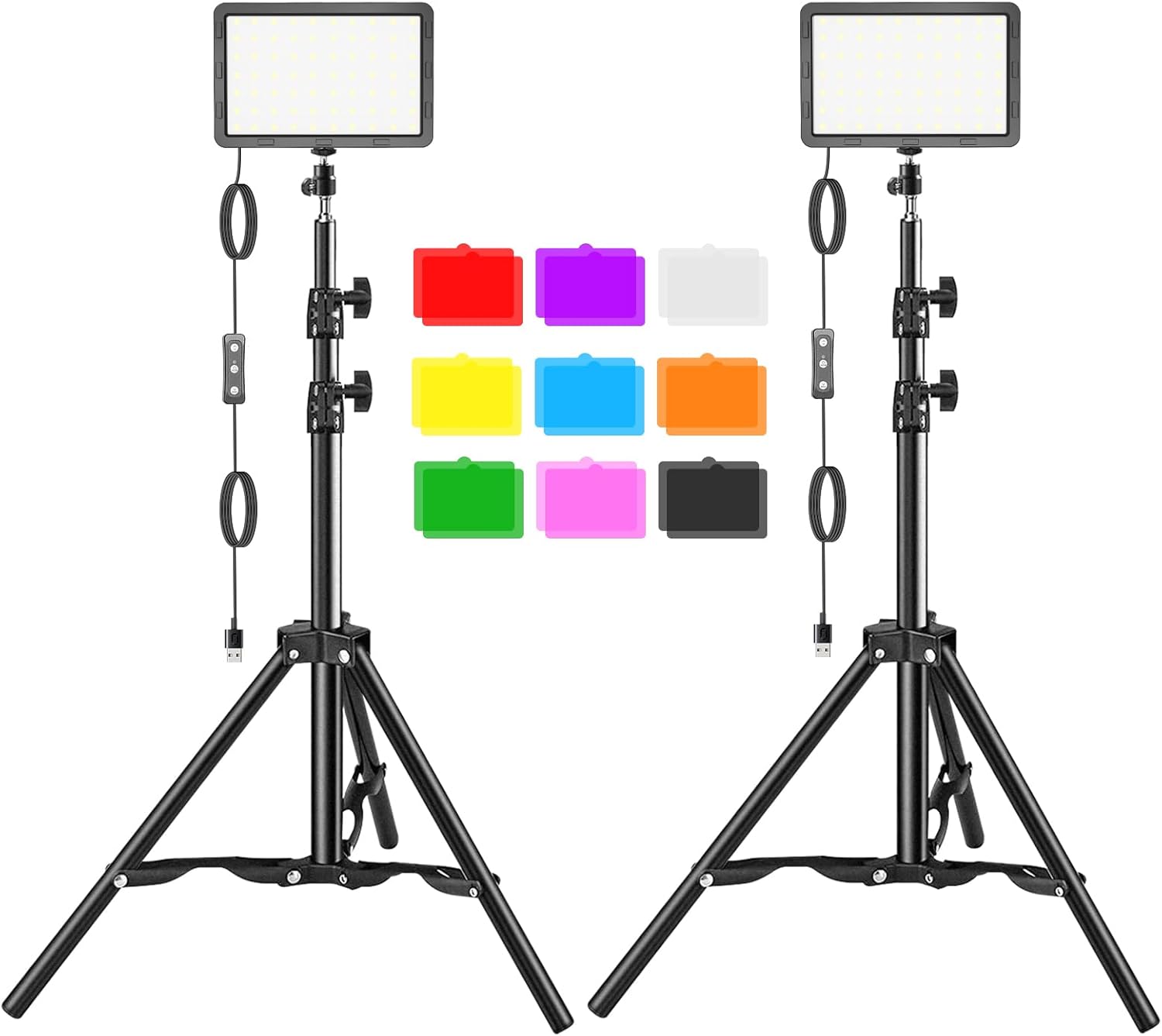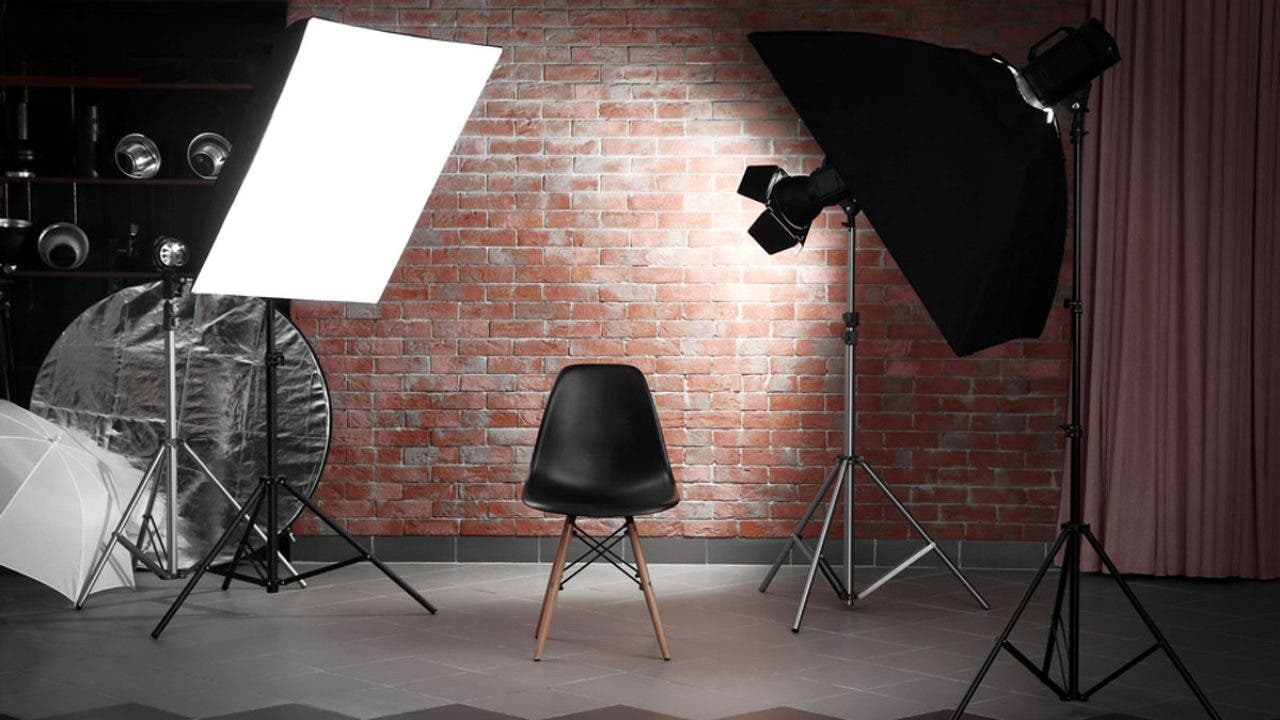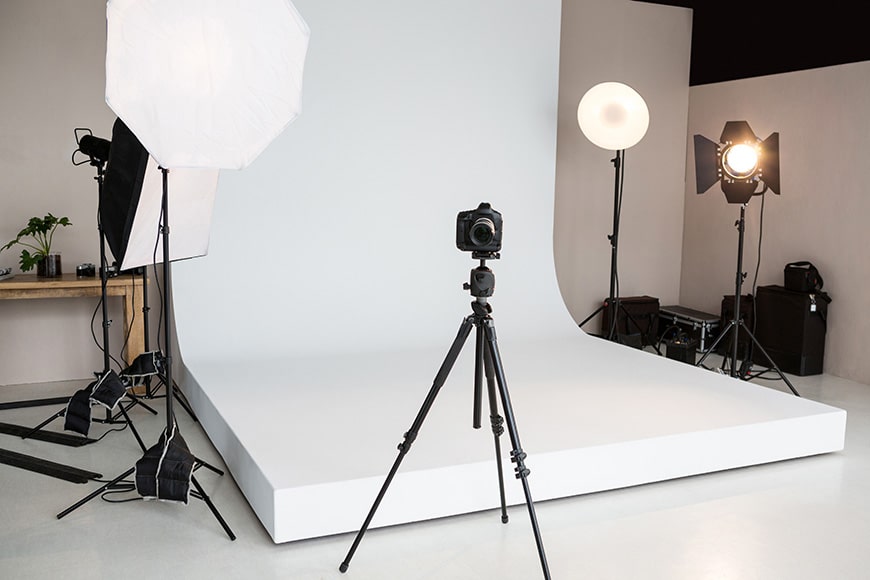How Does Lighting Affect Photography? Terrific Tips & Techniques
As a professional photographer, you know that understanding light is crucial in every aspect of your work. The question is, how does lighting affect photography? This fundamental element can make or break a photograph, affecting the mood, texture, and effect of your images. In this article, we will dive deep into the significance of lighting in photography and share some techniques that can elevate your craft. Get ready for a remarkable journey!
Light can be the difference between a dull image and a spectacular one. By manipulating lighting, professional photographers can evoke emotions, highlight subjects, and create stunning compositions. With this article, we aim to shed lightpun intendedon the various ways lighting can impact your photography.

The Science Behind Lighting in Photography
Understanding how light behaves is essential for any photographer looking to perfect their art. Light can be categorized into several types, primarily: direct, diffuse, and reflected light. Each of these impacts photographs differently.
For a deeper understanding of different lighting types, check out our guide on lighting types.
Direct Light
Direct light casts strong shadows and emphasizes textures, making objects stand out. However, it also risks overexposure in certain conditions. This kind of lighting can create dramatic effects and is often used in portrait and fashion photography.
Diffused Light
Conversely, diffused lighting softens shadows and reduces contrast, which can be ideal for achieving a more flattering look in portraits. For those wanting to know more about diffused lighting, you can read our detailed analysis here.

Impact of Natural Light
Natural light plays a significant role in photography, offering a range of qualities depending on the time of day. The golden hour, during sunrise or sunset, provides warm tones and soft shadows, creating an enchanting ambiance in your photographs.
Using natural light wisely can lead to truly stunning results, as seen in breathtaking landscape and portrait photography shots taken at these perfect times. Experiment with natural light to gain firsthand experience of its capabilities.
Artificial Lighting Techniques
Many professional photographers rely on artificial lighting to control the environment during shoots. Techniques such as using strobes, softboxes, and LED lights can offer diverse possibilities for both product and portrait photography. You can find effective lighting setups for product photography in this useful article on photography lighting setups.
The Role of Color Temperature
Another vital aspect of lighting in photography is color temperature. Various light sources emit different shades of light, measured in Kelvin. Understanding color temperature helps photographers achieve the environment they envision for their photographs. For example, daylight has a higher Kelvin number than incandescent bulbs, offering a cooler tone.

How Lighting Affects Mood and Emotion
One of the most striking ways lighting affects photography is through the emotion it conveys. High-contrast lighting can create a sense of drama, while soft, warm light often invokes feelings of comfort and nostalgia. For those looking to explore more about this topic, check out our article on lighting and mood.
Lighting Patterns
Using intentional lighting patterns can also help convey specific emotions or themes. For instance, a backlit silhouette can evoke mystery, while frontal lighting may enhance clarity. Experimenting with different lighting setups can dramatically change the perception of your subject matter.

Practical Tips for Great Lighting
Now that weve covered the essentials of how lighting affects photography, lets dive into some practical tips:
- Invest in a Good Light Meter: Understanding your light's intensity is crucial. A reliable light meter can guide your shooting process and ensure accurate exposure.
- Utilize Reflectors: Reflectors bounce light back onto your subject, enhancing details and providing a well-lit image.
- Experiment with Angles: Varying the angle of your light source can produce different effects, so don't shy away from getting creative!
- Stay Informed: Lighting technology and techniques are continuously evolving, so remain updated with the latest trends and developments in the photography world.
Creating Your Own Lighting Solutions
Sometimes, you may need unique lighting setups that suit your style. Whether it's making your own DIY lighting equipment or modifying existing tools, the possibilities are endless. For insights on making your own lighting for photography, refer to this article for guidance.
Conclusion
The power of light in photography cannot be overstated. From setting the mood to emphasizing composition, understanding how to manipulate lighting effectively is a game-changer in the industry. Whether you choose natural or artificial light, the key is to experiment and find what works best for your unique style. We hope this article has provided you with valuable insights on how does lighting affect photography and inspired you to take your skills to the next level!
FAQs
What are the different types of lighting used in photography?
Lighting can be categorized into direct, diffuse, and reflected light, each creating unique effects in your photos.
How can natural light impact my photography?
Natural light, particularly during the golden hour, can enhance the overall mood and aesthetics of your photographs.
What should I consider when using artificial lighting?
Consider the direction, intensity, and color temperature of artificial lighting, as they will significantly affect the final outcome of your images.
As an Amazon Associate, I earn from qualifying purchases.

